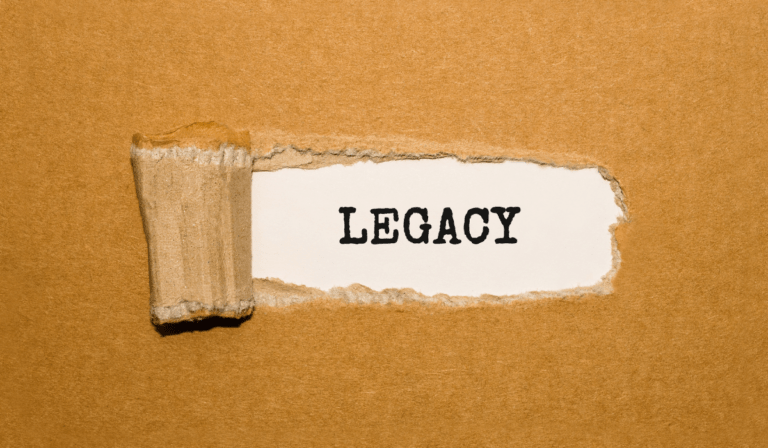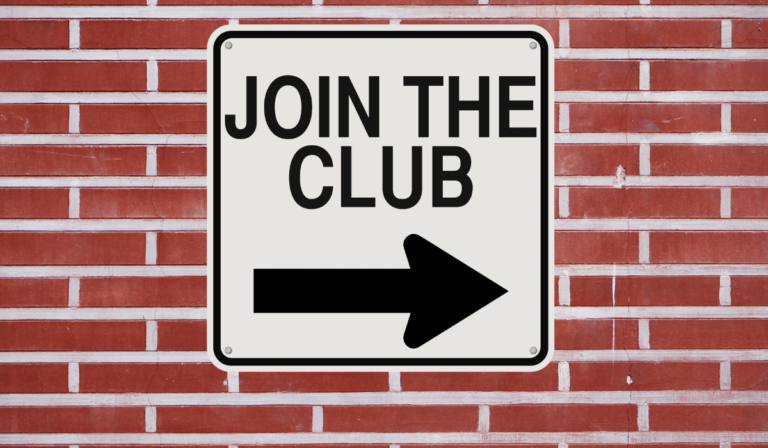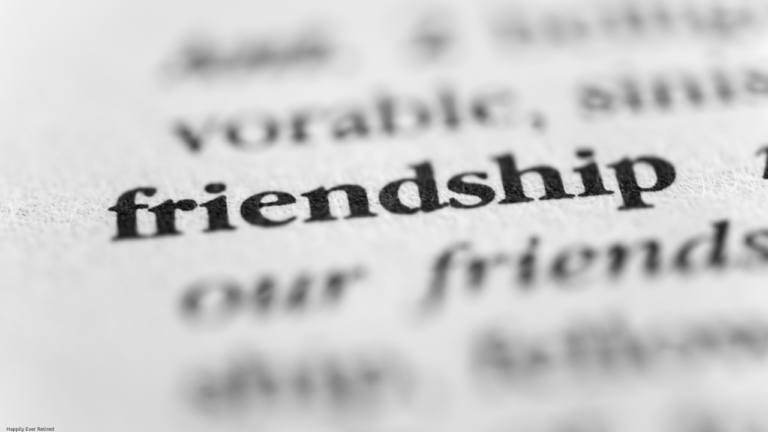Embracing a Minimalist Lifestyle in Retirement
After years of collecting, decorating, upgrading, and storing, many people are discovering the quiet joy of less. A minimalist lifestyle isn’t about stark white walls or counting how many items you own—it’s about intentionally choosing what adds value to your life and letting go of the rest.
Embracing minimalism can be especially rewarding during this stage of life. It helps create a more peaceful environment, reduces stress, and opens up space—physically and mentally—for what matters most.
What Is Minimalism, Really?
Minimalism is often misunderstood. It’s not about deprivation. It’s about living with purpose and clarity. It’s about surrounding yourself with things you use, love, and need—and letting go of excess that clutters your home or your mind.
It’s not about living with nothing. It’s about living with only what adds meaning to your day-to-day life.
Why Minimalism Is a Great Fit for This Life Stage
There are several reasons why simplifying can feel so good right now:
- Less clutter equals less stress. A tidy, well-organized home can boost your mood and make everyday life easier.
- Fewer distractions, more focus. With fewer things competing for your attention, you’ll have more mental clarity and space for creativity or hobbies.
- Freedom to do more of what you love. Fewer belongings often mean less cleaning, less maintenance, and fewer obligations.
- An easier transition. Whether you’re moving to a new home or just refreshing your current one, minimalism supports a smooth shift.
How to Start Living More Minimally
You don’t need to overhaul your entire home overnight. Start with one small space—like a single drawer or cabinet—and work your way up.
Here are a few ideas to get started:
- Set a clear goal. Why do you want to simplify? Write it down and keep it in mind throughout the process.
- Try the “one in, one out” rule. For every new item that comes in, let one item go.
- Declutter by category. Tackle clothes, then books, then kitchen items, etc., rather than going room by room.
- Ask yourself key questions. Do I use this? Do I love it? Would I buy it again?
Minimalism is personal. What feels essential to you may not be to someone else—and that’s perfectly okay.
Minimalism Beyond Stuff
True minimalist living goes beyond physical possessions. It’s also about simplifying your schedule, relationships, digital life, and daily routines.
- Time: Learn to say no to things that drain your energy.
- Technology: Unsubscribe from emails you never read and remove apps you don’t use.
- Mindset: Let go of the pressure to do everything, be everything, or own everything.
Simplifying in these areas can bring a surprising sense of relief and freedom.
Tips for Maintaining a Minimalist Home
Once you’ve cleared the clutter, the next step is keeping it that way. Here’s how:
- Be intentional with purchases. Wait 24 hours before buying anything non-essential.
- Create space between items. Let your home “breathe” by not filling every shelf or wall.
- Build in habits. Do a quick five-minute tidy-up each evening or set a monthly decluttering day.
Minimalism is a practice, not a destination. The goal is to be mindful of what you allow into your life—and how it makes you feel.
Letting Go Can Be Emotional—And That’s Okay
Minimalism sometimes stirs up emotions. Items can carry memories, hopes, or even guilt. If something brings up feelings, take a moment to reflect. You can honor the memory without holding on to the item forever.
Consider passing things on to someone who will appreciate them or donating to a cause that matters to you. Letting go doesn’t mean forgetting—it means making space for new experiences and perspectives.
Final Thoughts
Choosing a minimalist lifestyle is a powerful way to focus on what matters. It can bring calm, clarity, and a deep sense of contentment. Whether you start by clearing a single shelf or rethinking your entire home, each step toward simplicity is a step toward freedom.
The beauty of this chapter in life is that you get to decide what stays—and what no longer serves you.








